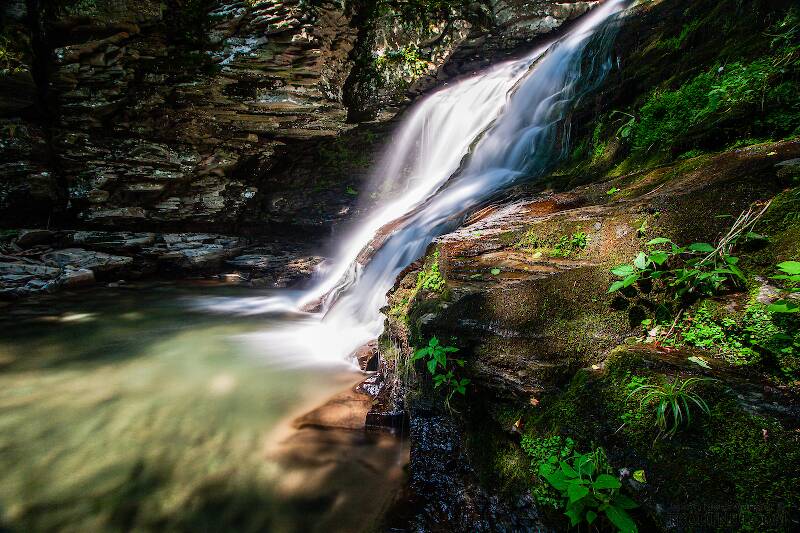
Blue-winged Olives
Baetis
Tiny Baetis mayflies are perhaps the most commonly encountered and imitated by anglers on all American trout streams due to their great abundance, widespread distribution, and trout-friendly emergence habits.
Featured on the forum

Troutnut is a project started in 2003 by salmonid ecologist Jason "Troutnut" Neuswanger to help anglers and
fly tyers unabashedly embrace the entomological side of the sport. Learn more about Troutnut or
support the project for an enhanced experience here.
Mayfly Species Iswaeon anoka (Tiny Blue-Winged Olives)
This tiny hind-wingless Midwestern and Western species can produce excellent hatches because it is so extremely abundant. Its bright green duns are unmistakable. In the West they can also be an equally unmistakable bright almost fluorescent chartreuse, especially as nymphs. They are very common in the Northwest and Rocky Mountain states, with their population densities giving way to the similarly tiny and hind-wingless (though more somber colored) Acentrella species in Southern Oregon, California and the Southwest.
Iswaeon anoka was first brought to the attention of the angling community (as Pseudocloeon anoka) by famous angling author and columnist Joe Brooks. Back in the late 60's he wrote an article for Outdoor Life magazine extolling the work of Doug Swisher and Carl Richards in their forthcoming and groundbreaking book, Selective Trout. This species was featured as the model for their now famous version of the "No-Hackle" dry fly and imitative parachute patterns, sparking a revolution in fly design for hyper-selective trout. The rest as they say, is history...
Iswaeon anoka was first brought to the attention of the angling community (as Pseudocloeon anoka) by famous angling author and columnist Joe Brooks. Back in the late 60's he wrote an article for Outdoor Life magazine extolling the work of Doug Swisher and Carl Richards in their forthcoming and groundbreaking book, Selective Trout. This species was featured as the model for their now famous version of the "No-Hackle" dry fly and imitative parachute patterns, sparking a revolution in fly design for hyper-selective trout. The rest as they say, is history...
Taxonomic History
This species appears in some angling literature under the former names Pseudocloeon anoka in the Midwest and Pseudocloeon edmundsi in the West.
Where & when
Time of year : Late June through late July; again from August through October
In 10 records from GBIF, adults of this species have been collected during July (40%), May (30%), June (20%), and September (10%).
In 4 records from GBIF, this species has been collected at elevations of 3, 26, 886, and 1089 ft.
Species Range
Hatching behavior
Fred Arbona says of Iswaeon anoka (as Pseudocloeon anoka) hatching behavior in Mayflies, the Angler, and the Trout that:The little nymph can easily crawl out of the water during emergence, and therefore the trout are able to consume them en masse very close to the bank.
This is somewhat open to interpretation and it is suspected they emerge on the surface as well.
Nymph biology
Substrate: Gravel, vegetation
Identification
Resources
There's a great blog post on Aquatic Insects of Central Virginia about identifying Iswaeon anoka.
Start a Discussion of Iswaeon anoka
References
- Arbona, Fred Jr. 1989. Mayflies, the Angler, and the Trout. Nick Lyons Books.
- Caucci, Al and Nastasi, Bob. 2004. Hatches II. The Lyons Press.
- Leonard, Justin W. and Fannie A. Leonard. 1962. Mayflies of Michigan Trout Streams. Cranbrook Institute of Science.
Mayfly Species Iswaeon anoka (Tiny Blue-Winged Olives)
Species Range
Common Names
Resources
- NatureServe
- Integrated Taxonomic Information System
- Global Biodiversity Information Facility
- Described by Daggy (1945)


